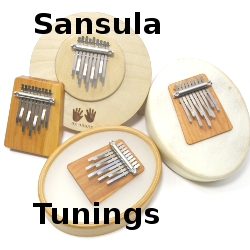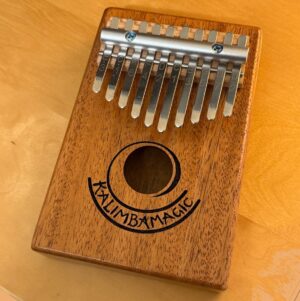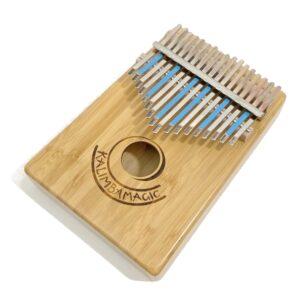
TIP: Exploring Sansula Tunings – p12 – C Major Tuning
From the C Major Sansula Download C Major Sansula Download The C Major Sansula Tuning is one of my favorites. It is happy and uplifting and powerful. The tablature here is from the C Major Download, which has a lot to offer. To me, it is absolutely stunning that such simple right and left thumb patterns combine and make music. This is the sort of music you can space out on for minutes on end.





